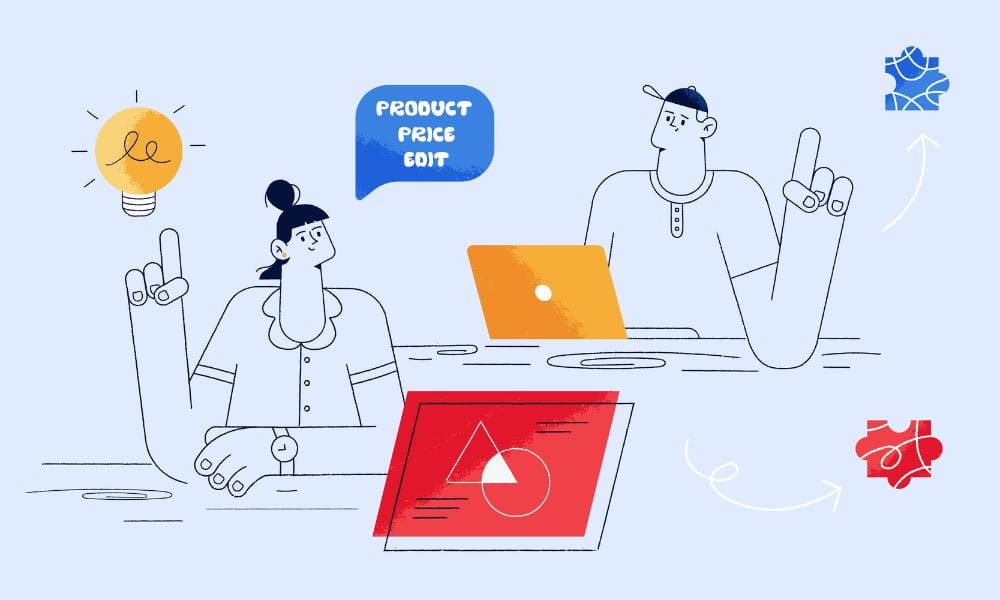Shopify Checkout Extensibility is a feature that allows store owners to customize their checkout process. It’s now available for all Shopify plans, not just Plus customers. This means you have more control over how customers complete their purchases, potentially leading to better conversion rates.
What are the changes? How do these changes matter?
We’ve highlighted the key changes and included suggestions on how to adapt to each one, ensuring your store continues to run smoothly. Don’t forget to test the site thoroughly before going live.
Upgrade of “Checkout Page”
From your Shopify admin, head to Settings > Checkout to see the available options for customising your checkout page.
Here’s what you can do now:
- View a complete list of your current customisations, such as branding tweaks or special validation rules.
- Check the details of each customisation, including what it does and where it’s located.
- Identify the exact lines of code where changes are applied, making it easy to find and edit if needed.
- Get useful advice on how to recreate or enhance these customisations using Shopify’s latest features.
- Download the report as a CSV file by clicking ↥ Export, so you can easily review or share it.
Upgrade of “Thank you” and “Order status” pages
These pages have been replaced with new, adaptable versions. This is significant as it enables greater customisation options and smoother integration with tracking tools. A Shopify developer can ensure these pages are set up to suit your unique requirements.
How to adapt:
Use the Shopify admin panel to upgrade these pages, and utilise the Shopify editor to personalise them according to your brand’s style.
Deprecation of “order status page additional scripts”
The old method of adding scripts to these pages is being discontinued. This is crucial as it impacts how you track purchases and customer activities.
How to adapt:
Move your existing scripts over to the new custom pixel section.
Introduction of customer events and custom pixels
The old method of adding scripts to these pages is being discontinued. This is crucial as it impacts how you track purchases and customer activities. A developer can help you migrate your existing scripts to the updated system without disruption.
How to adapt:
Configure your custom pixels in the “Customer Events” area.
App block integration
You can now incorporate app blocks into the checkout process. This enhancement improves the integration of third-party apps into your checkout flow. A developer can guide you in selecting and applying the most suitable app blocks for your store.
How to adapt:
Install apps compatible with app blocks, and add their blocks to your checkout pages.
Other adaptation:
Update your tracking codes for platforms like Google Analytics 4 and Facebook Pixel to ensure proper data capture.
If you find it difficult to work on these changes, consider working with a Shopify development agency. They can help keep your tracking running smoothly, update your tracking codes, and make sure everything works as expected. This way, your store stays in good shape without any headaches.
Notes for the changes
While the old “Additional Scripts” method will remain functional until 28th August 2025, it’s advisable to make the switch early. This will help avoid last-minute issues and ensure your tracking setup remains up-to-date.
Before making changes, consult with app developers or your Shopify developer to identify any potential compatibility issues. This ensures that your existing setup will work smoothly with the new tracking methods, minimising disruptions to your store’s performance.
In addition, it’s crucial to stay compliant with data privacy regulations when implementing new tracking methods. A developer can help set up proper consent management tools, ensuring that your store adheres to GDPR, PECR/ePrivacy, CCPA, or other applicable laws when utilising the new tracking methods available with Shopify Pixels at the checkout.
FAQ
Q: Will these changes affect my conversion rates?
A: If implemented correctly, these changes should not negatively impact conversion rates.
Q: How often should I review my checkout setup?
A: It’s best to review quarterly or after major Shopify updates.
Q: Are there any costs associated with using the new features?
A: The new checkout extensibility features are available across all Shopify plans at no additional cost.
Conclusion
The changes to Shopify Checkout Extensibility offer exciting opportunities for store owners. While adapting to these changes requires effort, the long-term benefits are significant. If you’re not confident in implementing these changes yourself, investing in a Shopify developer can be invaluable. They can ensure a smooth transition, optimisze your checkout process, and help you fully leverage these new features to improve your store’s performance and customer experience.





